Description
GLYPTOSTROBUS pensilis is an extremely rare conifer and highly appreciated by collectors. Moreover, it is classified as “critically endangered”. The Chinese swamp cypress has almost completely disappeared from its natural habitat. This is the result of the overexploitation of its precious wood. Indeed, it gives off a scent and resists decomposition well.
This conifer develops oval cones. It belongs to the rare conifers to lose foliage in winter.
Like TAXODIUM, Chinese swamp cypress also develops pneumatophores as it ages.
Finally, in the fall, its usually green foliage takes on very bright copper tones.
How to plant GLYPTOSTROBUS pensilis ?
Plant this tree in a humid, even very humid place. It is not called the Chinese swamp cypress for nothing.
It will like a location in partial shade or full sun with light or normal soil and an acidic or neutral pH.
Then, once properly installed, it will resist temperatures down to -10° C.
For a good preparation of the pot or ground, we have designed specific instructions available here. Furthermore, discover here how to water your garden and save water.
History and Origin
GLYPTOSTROBUS pensilis is the only living species of the genus.
Its natural habitat is in tropical southeast China and locally in northern Vietnam as well as central Laos.
G. pensilis grows naturally in humid places (swamps), along rivers and ponds. Its excellent root system contributes to the stabilization of the banks. Its pneumatophores allow it to breathe even during periods of flooding.
In addition, wood is used for construction and furniture manufacturing. Furthermore, it is used in the construction of bridges given its good resistance to humidity.
In 1812, the Americans tried to cultivate it for logging. In 1830, it was the turn of the Europeans.
At the beginning of the 19th century, various European botanists described the genus as THUJA pensilis (Aylmer Bourke Lambert), TAXODIUM japonicum var. heterophyllum (Adolphe Brongniart). There are also the synonyms of GLYPTOSTROBUS aquaticus, GLYPTOSTROBUS sinensis or even GLYPTOSTROBUS lineatus.

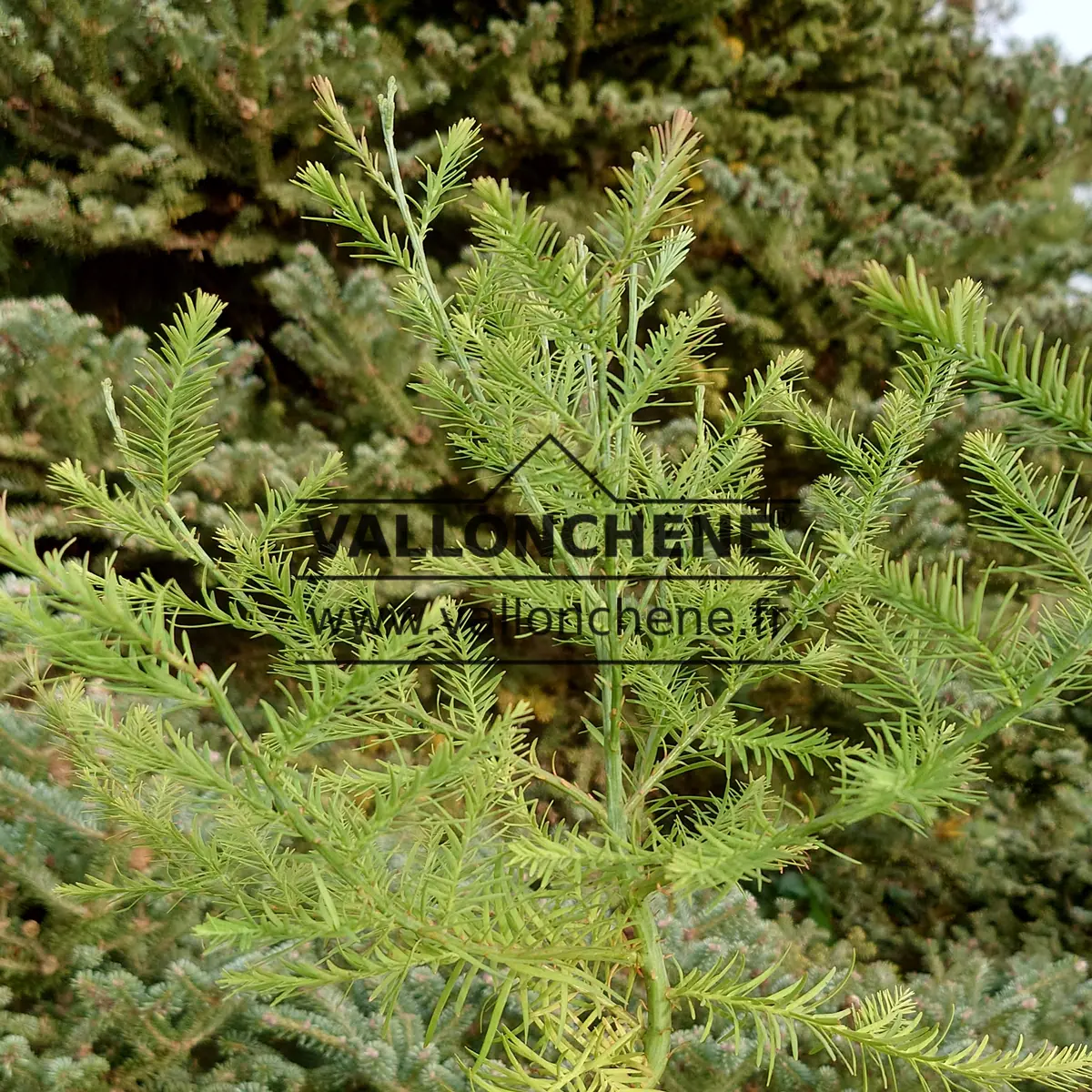
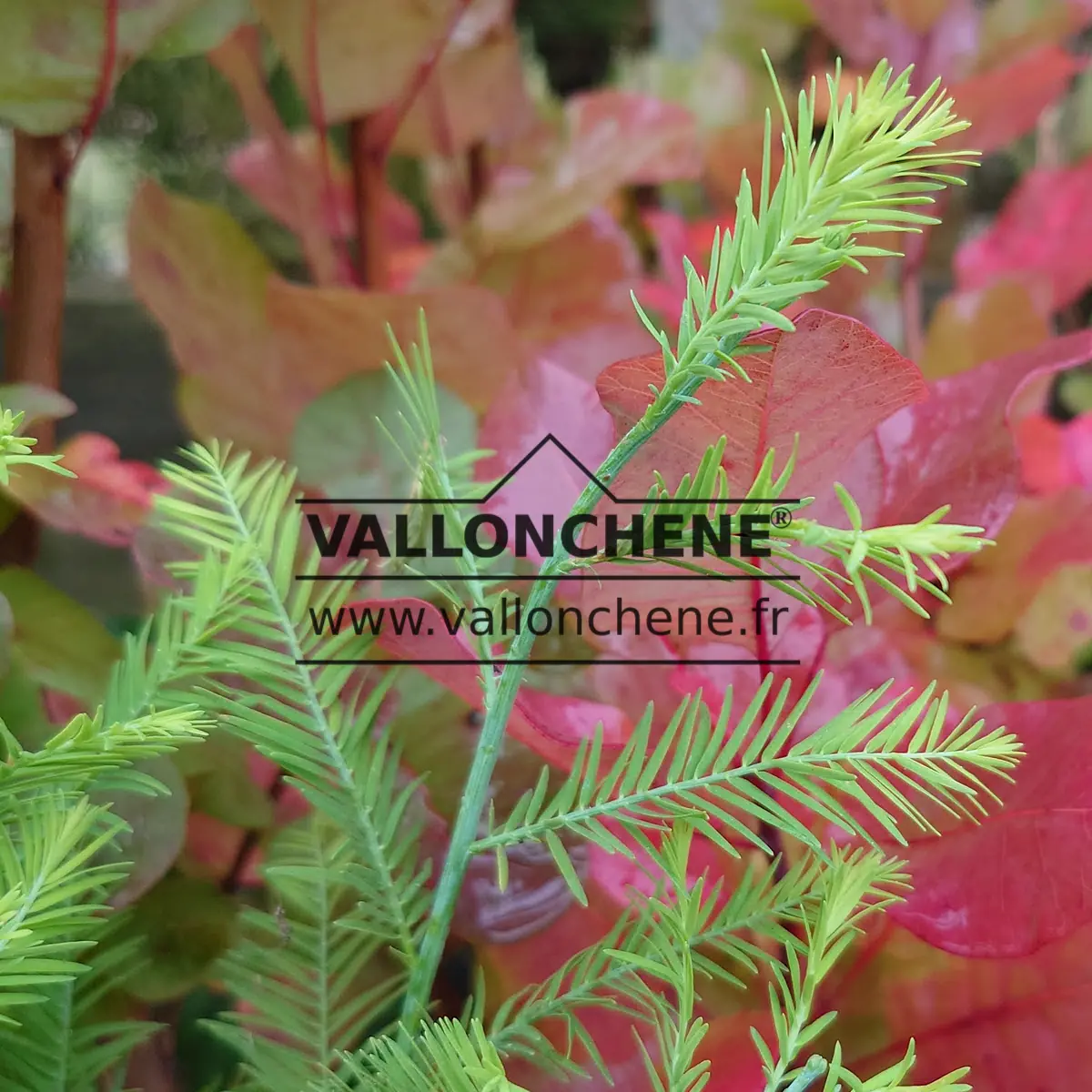
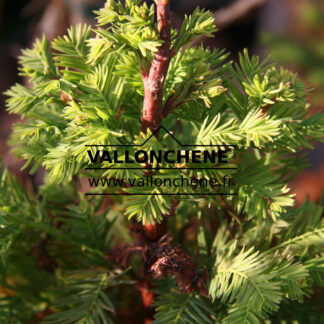
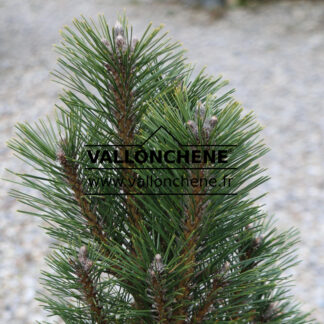
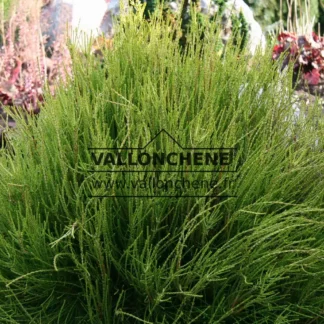

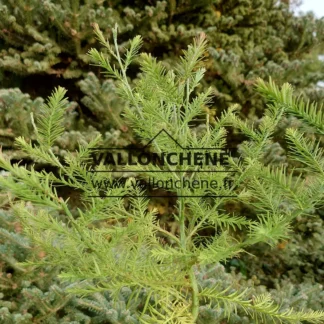
Reviews
There are no reviews yet.